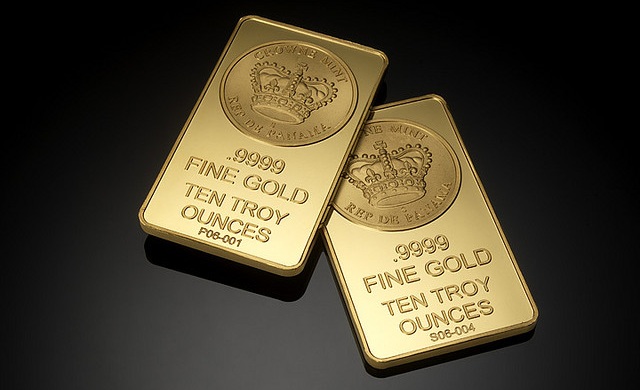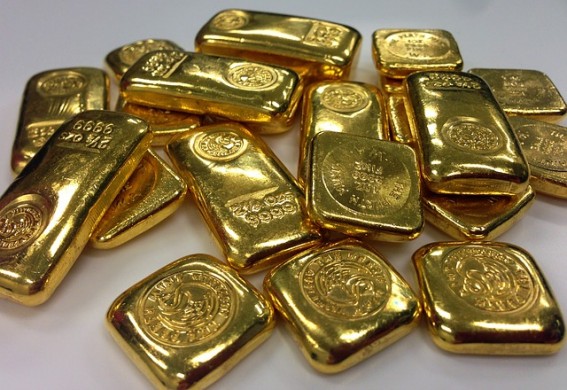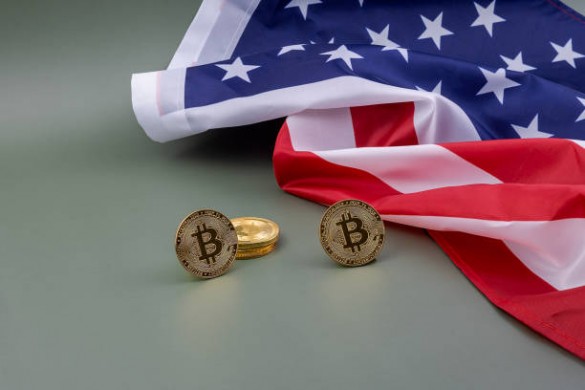The extraordinary 12-month gold-price bull run shows no sign of ending.

Despite predictions of a bubble set to burst, the yellow metal has risen by 36% during the past 12 months.
There was a slight slip this morning as the price lost 1.23% in early trading to stand at $1,735.25 an ounce. But the pattern of recent months has been decisively upwards.
“Differing views” on US economy
One month ago, on 20 April, it stood at $1,684.95, and three months ago, on 20 February, gold traded at $1,610.35.
Go back 12 months, and the price stood at $1,275.25.
The immediate reason gold is finding support came from testimony to the Senate Banking Committee earlier this week by US Treasury Secretary Steve Mnuchin and Jerome Powell, chair of the country’s central bank, the Federal Reserve. According to the Seattle Times, Mr Mnuchin emphasised re-opening American workplaces to get the economy moving again, while Mr Powell suggested more stimulus measures may be needed,
Reported the paper: “The differing views underscore the competing arguments gripping Washington as Congress and the White House begin debating the outlines of another major economic relief bill and whether to inject trillions of additional taxpayer dollars into the economy.”
Temptation to swap gold for silver
All stimulus measures, especially those that involve creating new dollars out of thin air, as in “quantitative easing” programmes, tend to support the gold price, because they suggest a devaluing of the US currency in relation to its rival safe-haven asset, bullion. Gold, as its supporters point out, is beyond political control and cannot be conjured out of nothing.
One source of weakness for the gold price, however, may, paradoxically, arise from the metal’s recent success. The so-called silver ratio measures the number of ounces of silver that would be equal to one ounce of gold, and does so by simply dividing the gold price by the silver price.
When the ratio is low, it suggests gold may be undervalued, thus investors many switch out of possibly-overpriced silver into gold. But when the ratio is high, the incentives lie in the other direction.
A ratio of about 60, in other words one ounce of gold being equivalent to 60 ounces of silver, would be unexceptional, but the current ratio is 101.3. During the last year, it never went below 80.02, seen on 4 September 2019, and its high point was 123.50, on 19 March this year.
At these sorts of levels bullion investors may be tempted to swap an ounce of gold for more than 100 ounces of silver. Others, however, may be more cautious, given silver does not have the same safe-haven status as gold and is prone tom oversupply, given it is found in the ores of metals such as copper and lead. This means it is less responsive to supply and demand signals than is gold.

 Hot Features
Hot Features












